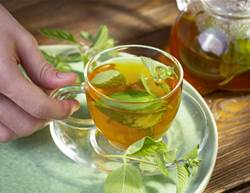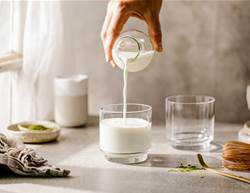One day it’s turmeric popcorn. The next, it’s camel milk. Whatever the “superfood,” there’s always a new snack or beverage that claims to protect you from disease or give you another health boost, like healthier skin or stronger bones.
With so many new, supposedly life-changing products emerging, it can be difficult to know what labels to believe. But one thing you can count on being true: Actual superfoods—nutrient powerhouses that offer health perks without excess kilojoules (calories)—aren’t modern, new, or trendy at all.
“People want fancy, hot superfoods, but foods we’ve had all along really can be just as good, if not better, for you,” says dietitian Bonnie Taub-Dix.
And many of these products you’ve been walking past in the shops for years are far less expensive than today’s superfoods. That’s not to say all modern-day picks are hoaxes (we love heart-healthy kale and chia seeds!), but it’s time to reconsider some of the supermarket’s unsung heroes, including these seven:
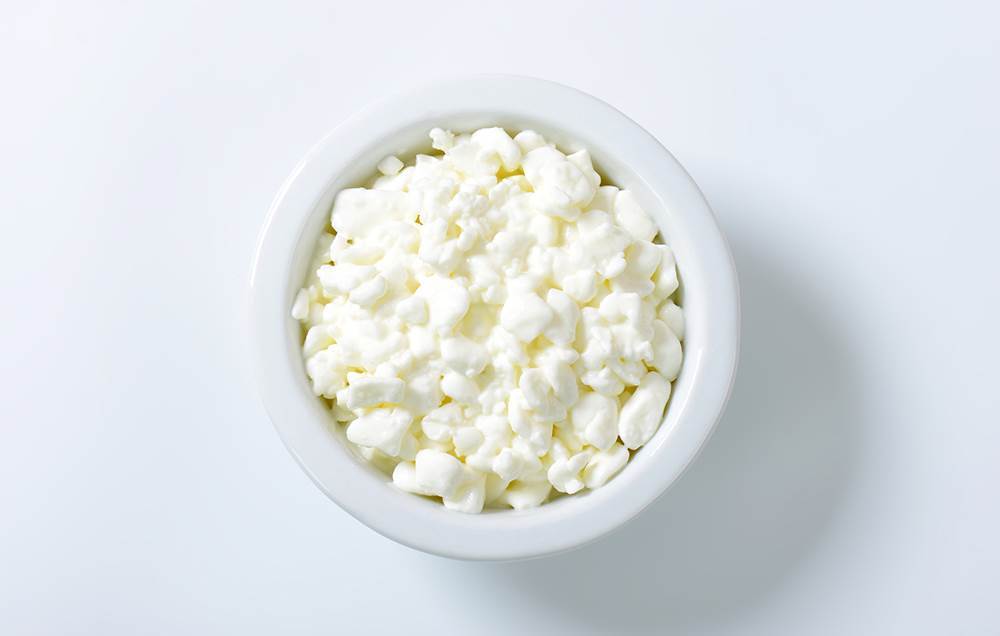
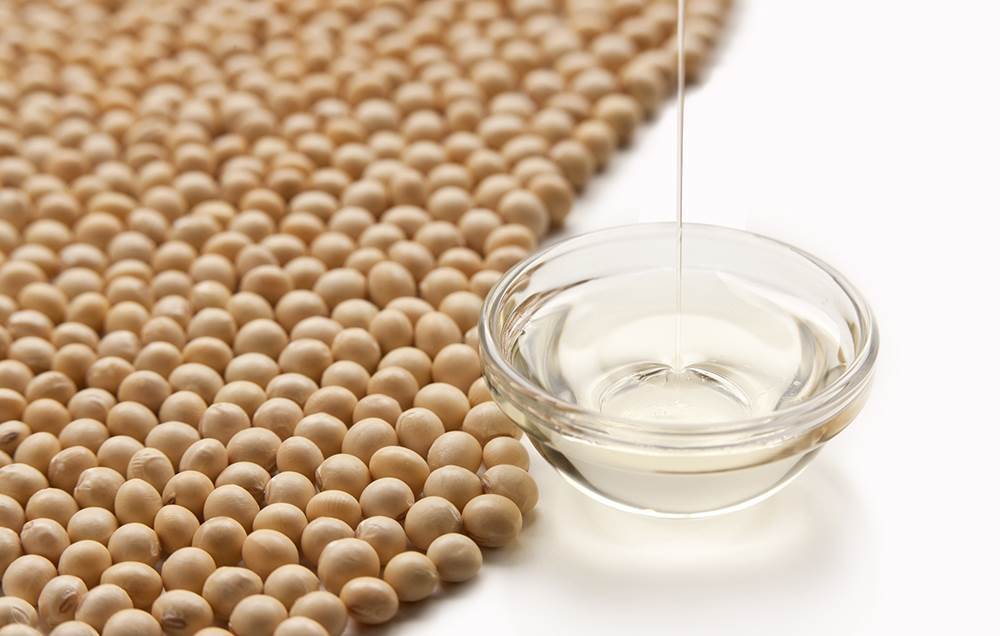
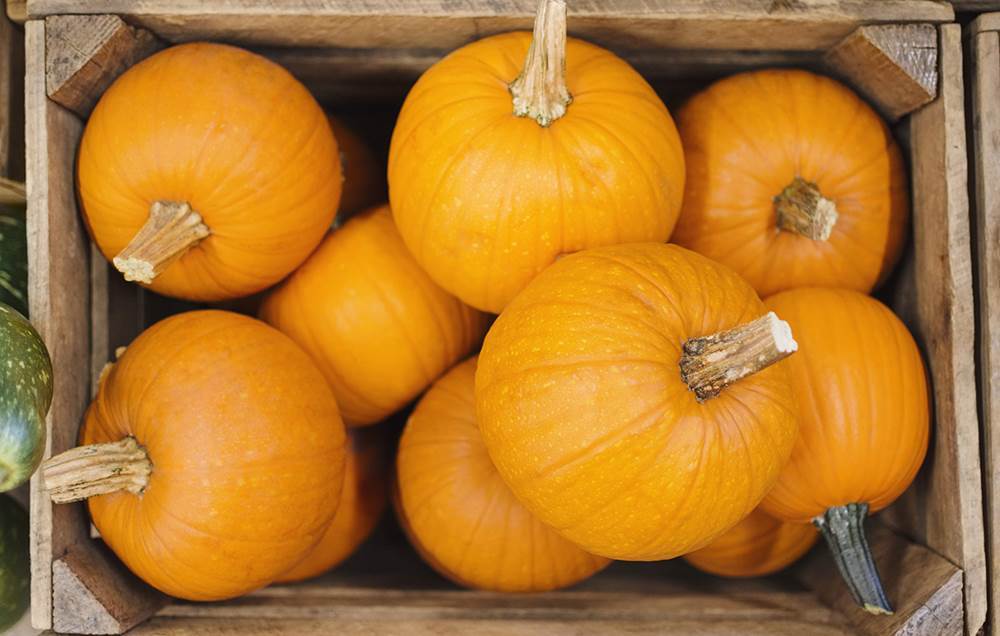
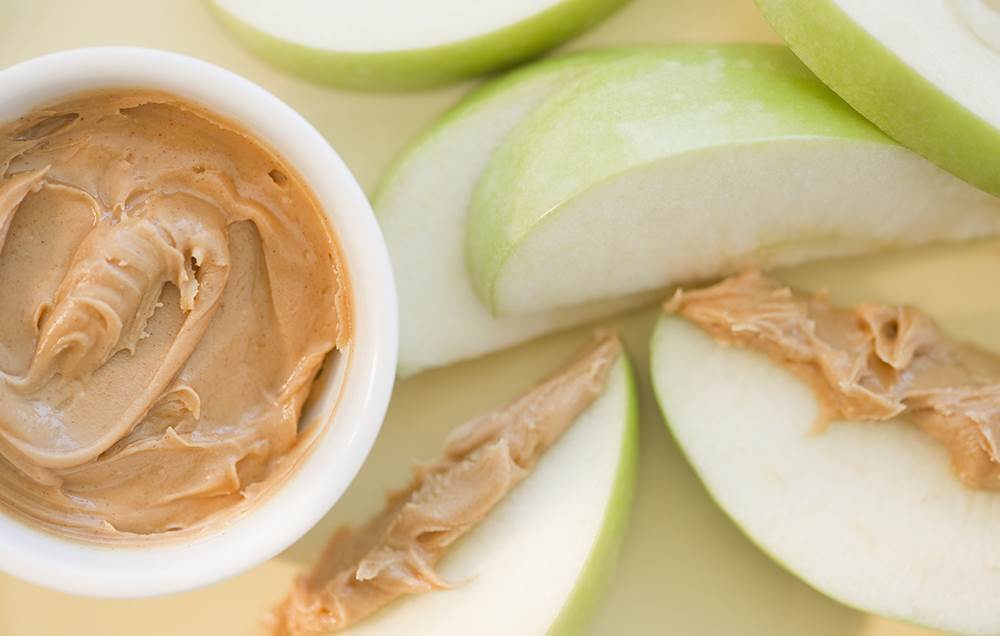
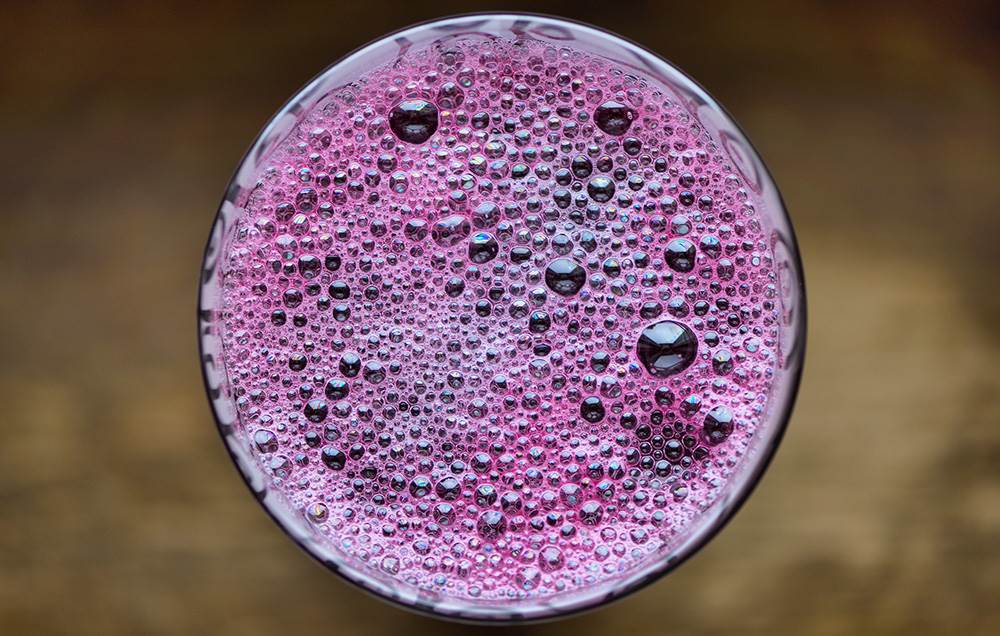
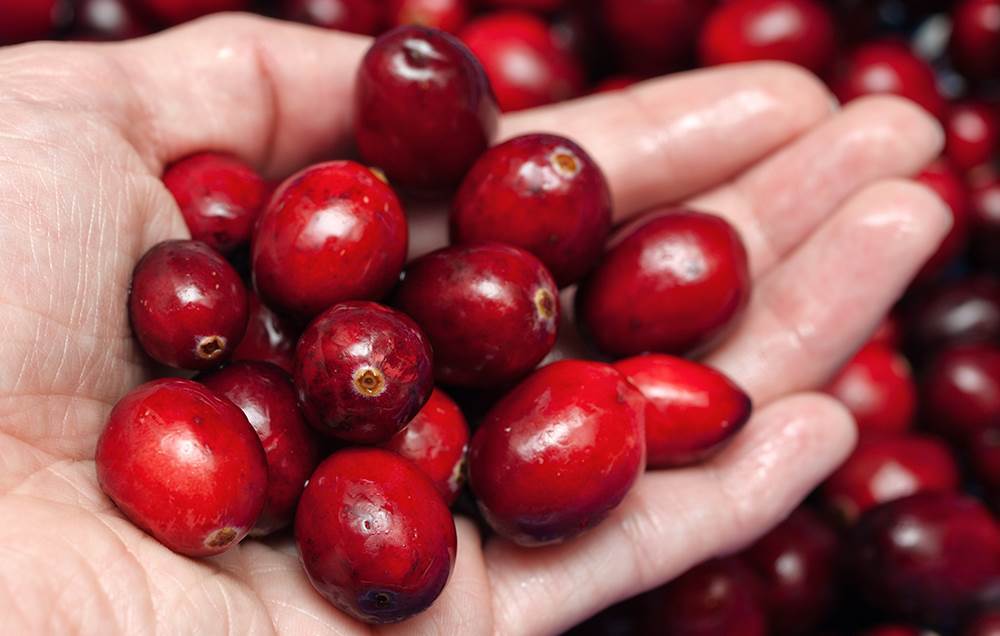
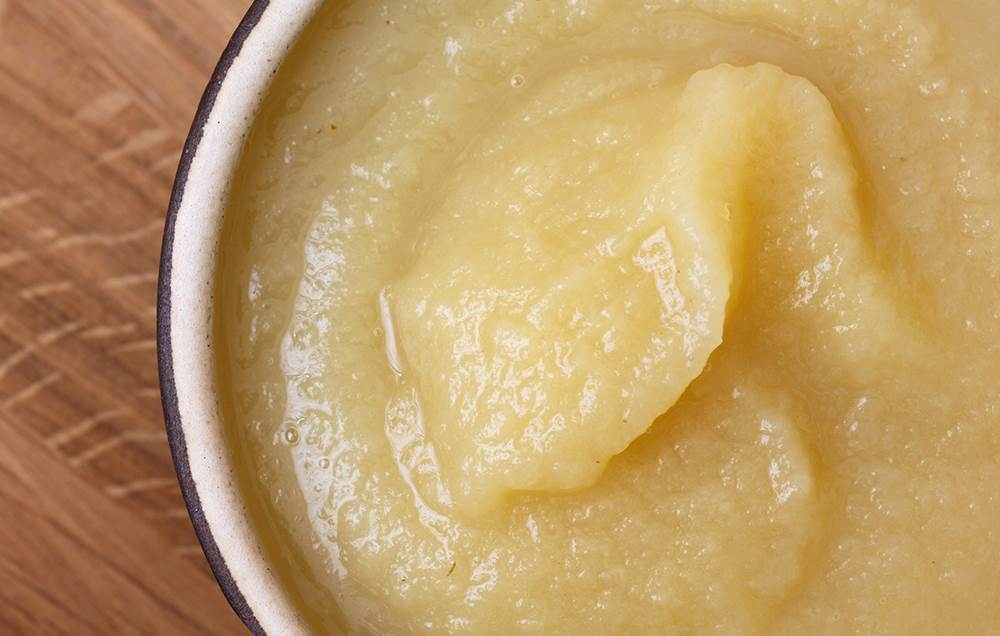
Photograph by milanfoto/Getty Images
Cottage cheese
More super than: Australian yoghurt
Today, you can find yoghurt styles from Bulgarian to Icelandic in stores, with each globe-trotting ’gurt claiming to be the new dairy sweetheart. But exercise caution with Australian yoghurt, which is better enjoyed as a dessert than a breakfast or snack. The most popular brand of this type is Noosa, which is filtered with honey, making it naturally sweet—and that’s before all the extra garnishes and flavourings are added. An 250gm cup of Noosa’s apple flavour contains 1200kJs, 11 grams fat and 33 grams of sugar (to put that in perspective, a standard chocolate bar only has about 24 grams of sugar!).
Meanwhile, there’s good ol' cottage cheese. Although it may evoke memories of fad diets past, there’s a reason it was so popular in the early '70s—it’s extremely high in protein, but low in kilojoules and sugar.
“Cottage cheese is making a comeback because it is a good source of potassium, a phenomenal source of protein and very affordable,” says dietitian Joan Salge Blake. “While everyone typically looks to yogurt, I think the tide is changing a little bit and cottage cheese is becoming a go-to food again.”
While the packaging for Noosa, with its bubbly lettering and vibrant colors, is appealing, humble cottage cheese wins for best snack: One cup of the 2% kind has 800 kilojoules, 5 grams fat, and 8 grams sugar. (If you’re watching your sodium intake, just portion how much you eat.)
Photograph by pappystudio/Getty Images
Soybean oil
More super than: Coconut oil
Health experts are scurrying to tell consumers that coconut oil isn’t a miracle for your health. In fact, It has stirred up some contention due to high levels of saturated fat, which increases unhealthy LDL (bad) cholesterol. Granted, coconut oil does also raise healthy HDL (good) cholesterol too, but until we know more, you may want to have soybean oil on hand for cooking, too.
“Don’t assume that the old standby of soybean oil isn’t nutritious,” says Blake. “Soybean oil is a fabulous source of unsaturated fat, and it’s very affordable.”
Soybean oil only contains 15% saturated fats, compared to coconut oil’s 90%. It’s a good source of polyunsaturated fats and monounsaturated fats, healthy fats that help raise good cholesterol and lower bad cholesterol. Refined soybean oil also has a very high smoke point—approximately 234°C —making it a good option for cooking at high temperatures (surpassing an oil’s smoke point can damage healthy nutrients and release toxic chemicals).
Photograph by Kristin Lee/Getty Images
Pumpkin
More super than: Jackfruit
Jackfruit, a tropical fruit with a consistency similar to pork, is the latest superfood in the produce section—because of its texture, it’s touted as an alternative to meat. However, you can also make a vegan-friendly pumpkin patty that offers higher levels of certain vitamins for fewer kilojoules than jackfruit.
One cup of jackfruit has 650 kilojoules, 31 grams sugar and 3% of your daily vitamin A dose (it also has 37% your daily dose of vitamin C, and 25% of vitamin B-6, if you’re targeting those vitamins in your diet). A cup of pumpkin, on the other hand, has only 125 kJs, 3 grams sugar and 197% of your daily dose of vitamin A, which helps keep your vision sharp and immune system strong. It is also a good source of vitamin C, vitamin E and beta-carotene, all of which can prevent degenerative damage in the eyes.
“Stuff pasta and make ravioli with it, or make pumpkin muffins,” says Taub-Dix.
Photograph by Jamie Grill/Getty Images
Peanut butter
More super than: Coconut butter
Walk into a natural food store, and you’ll see butter for just about every type of nut—pistachio, macadamia, even coconut! But you may be better off sticking to classic, all-natural peanut butter.
“Peanuts are an excellent source of the antioxidant vitamin E, which a lot of people are falling short of,” says Blake. “They also have niacin, which, along with vitamin E, can help reduce cognitive decline as you age.”
The trick is to avoid those that include added sugars or list “hydrogenated oil” or “partially hydrogenated oils,” which means your peanut butter contains trans fat, even if it’s not on the label (current guidelines allow manufacturers to say there are “0 grams” if there are fewer than 0.5 grams per serving).
Coconut butter, on the other hand, isn’t your best choice. While two tablespoons of natural peanut butter has 800 kilojoules, 16 grams of fat, 2.5 grams of saturated fat, and 8 grams protein, coconut butter contains 920 kilojoules, 20 grams of fat, 19 grams of saturated fat, and 2 grams protein.
Photograph by Heinz Stiefel / EyeEm / Getty Images
Grape juice
More super than: Aloe water
Aloe helps soothe a sunburn, so manufacturers were quick to bottle it up and call it miracle water—even though there hasn’t been consistent research to prove claims that it boosts energy and helps with weight loss and stomach woes. And because aloe naturally has a bitter taste, some manufacturers add high amounts of sugar for taste: One bottle can contain around 30 grams of sugar, twice the amount of a brownie!
Grape juice, however, is an inexpensive, healthy way to sweeten water while snagging some pretty impressive health benefits. Research shows antioxidant-rich red and purple grape juices may provide perks, such as a lower risk of blood clots, prevention of blood vessel damage, and healthy blood pressure.
“It is also a good source of vitamin C," says Blake. "If you add a little grape juice to sparkling water as a beverage or sweet treat, it can help you increase your water consumption.” Adding 3 tablespoons of grape juice to your sparkling water only adds 117 kiljoules and 7 grams of sugar.
Photograph by Photography by Paula Thomas/Getty Images
Cranberries
More super than: Noni juice
Though it’s been labeled a “wonder food” filled with antioxidants, noni juice—made from a small evergreen tree on the Polynesian islands—has no human studies to back up its claims as a cure to heart disease, diabetes, high cholesterol, high blood pressure, or psoriasis. (And those with kidney disease should avoid the juice due to its high potassium levels.) Cranberries, on the other hand, are loaded with antioxidants and have plenty of studies to back up their health benefits.
“Cranberries are quite healthy for you, but they often get typecast,” says Taub-Dix. “They can be eaten all year, particularly if you opt for dried cranberries. They have proanthocyanidins, or PACs, which help to maintain a healthy urinary tract, and their antioxidants could help decrease inflammation that leads to chronic disease.”
A review published in the journal Antioxidants found that cranberries had inhibitory effects against some cancers, including those of the prostate, bladder, colon, stomach and lymphoma. They may also protect dental health by stopping bacteria from attaching to your teeth.
Photograph by etiennevoss/Getty Images
Applesauce
More super than: Agave nectar
Alternative sweeteners sell themselves as superfood sugar substitutes—what sounds more natural than “nectar,” right? However, agave nectar contains more kilojoules per tablespoon than table sugar, and high amounts of fructose, which in excess can harm liver function and promote obesity.
Sweetening your yoghurt, ice cream or smoothie with natural applesauce, however, provides you with a sweet taste and a good dose of fibre and vitamins. Half a cup of unsweetened applesauce has only 215 kilojoules and 11 grams sugar, and is a source of skin-repairing vitamin C and immune-boosting vitamin B-6.
“If you mix applesauce with Greek yoghurt, it becomes very homogeneous and sweet,” says Taub-Dix. “And because it comes in small containers that are already half a cup, you don’t have to worry about excessive portion sizes.”
To boost the fibre and flavour of your applesauce, you can also make your own at home and leave the apple skins on. Simply core and chop apples, place in a pot with cinnamon sticks, and add a quarter inch of water. Cook, covered, on medium heat until you notice bubbles in the apples. Stir on low heat until apples are soft (you can use a hand masher, if desired, to make the sauce smoother). Remove the cinnamon sticks, then dig in!


.jpg&h=90&w=90&c=1&s=1)




.jpg&h=193&w=250&c=1&s=1)
